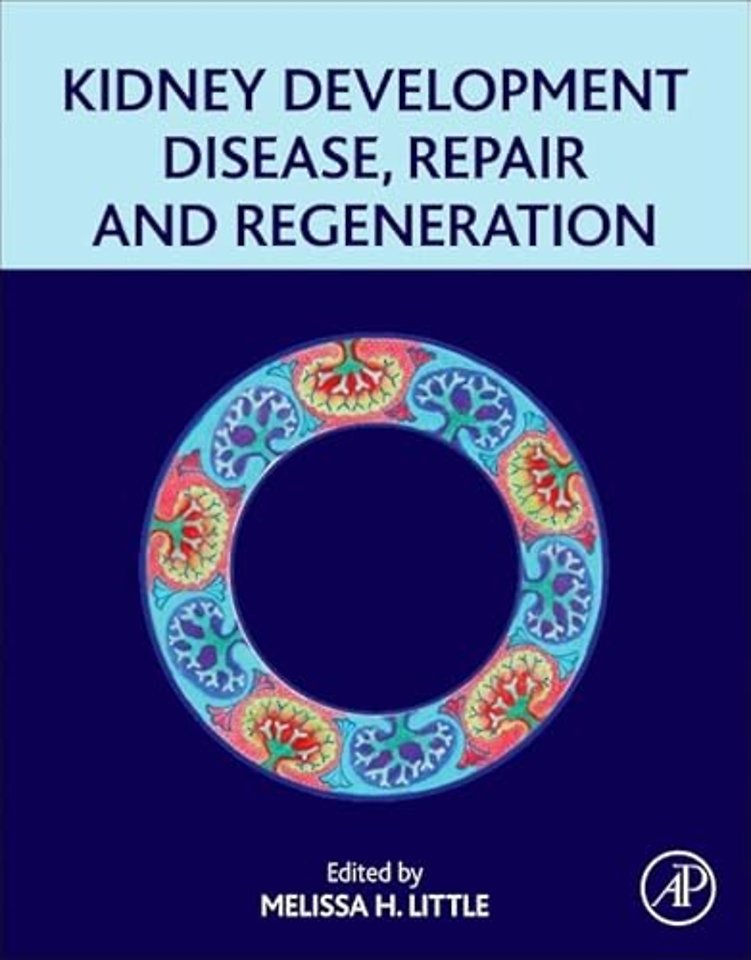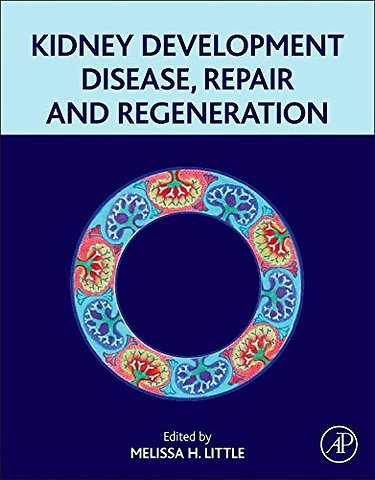<p>Section 1: Development</p> <p>Development - Introduction</p> <p>1. Zebrafish renal development and regeneration</p> <p>2. Early specification and patterning of the intermediate mesoderm: genetics and epigenetics</p> <p>3. The human kidney: parallels in structure, spatial development and timing of nephrogenesis </p> <p>4. Growth factor signalling in UB branching</p> <p>5. Quantification of branching morphogenesis</p> <p>6. Transcriptional regulation of the nephrogenic mesenchyme and its progeny</p> <p>7. The role of growth factors in balancing cap mesenchyme survival and differentiation</p> <p>8. Notch signalling in nephron segmentation</p> <p>9. Genetic and epigenetic regulation of nephron number in the human</p> <p>10. Formation and maintenance of a functional glomerulus</p> <p>11. Maturation and roles of collecting ducts and loops of Henle in renal medulla development</p> <p>12. Balancing self-renewal and differentiation: the role of the stroma</p> <p>13. The origin and regulation of the renal vasculature</p> <p>Section 2: Disease</p> <p>Disease - Introduction</p> <p>14. Variation in nephron number and association with disease.</p> <p>15. The effect of the in utero environment on nephrogenesis and renal function</p> <p>16. Persistence of the nephrogenic mesenchyme in disease: the role of WT1</p> <p>17. Wnts, Notch and tubular pathology</p> <p>18. Regulation of ureteric bud outgrowth and the consequences of disrupted development</p> <p>19. Abnormal ureter-bladder connections are associated </p> <p>20. Polycystic kidney disease: underlying causes, consequences and variation between mouse and man.</p> <p>21. Genetic aspects of human congenital anomalies of kidney and urinary tract</p> <p>22. Inherited kidney disorders in the age of genomics</p> <p>23. Fibrosis: a failure of normal repair and a common pathway to organ failure</p> <p>Section 3: Repair</p> <p>Repair - Introduction</p> <p>24. Postnatal cell turnover in the nephron epithelium: what can this tell us</p> <p>25. Plasticity within the collecting ducts: what role does this play in response to injury</p> <p>26. The onset and resolution of renal fibrosis: a human perspective</p> <p>27. Chronic renal damage: how does this suppress normal repair processes</p> <p>28. Investigating the process of renal epithelial repair to develop new therapies</p> <p>29. Evidence for renal progenitors in the human kidney</p> <p>30. The papilla as a source of kidney progenitors</p> <p>31. A positive role for the macrophage in renal repair</p> <p>32. The use of MSCs for treating acute renal injury and modulating rejection</p> <p>Section 4: Regeneration</p> <p>Regeneration - Introduction</p> <p>33. Reprogramming to the nephron progenitor state</p> <p>34. From development to regeneration: kidney reconstitution in vitro and in vivo.</p> <p>35. Directing the differentiation of pluripotent cells to renal endpoints</p> <p>36. Patient-derived iPS cells: what can they teach us?</p> <p>37. Xenotransplantation in the kidney: an historical perspective</p> <p>38. The use of the nephrogenic niche of a xeno-embryo for commitment to kidney</p> <p>39. Human fetal kidneys for renal regenerative medicine: from rudiments to nephron stem/progenitor cells</p> <p>40. Renal replacement approaches using deceased donor sources </p> <p>41. Tissue Engineering through Additive Manufacturing: Hope for a bioengineered kidney?</p> <p>42. Decellularised scaffolds for the recreation of organs</p>

